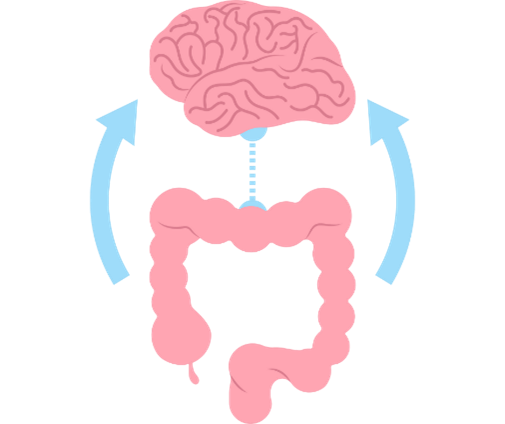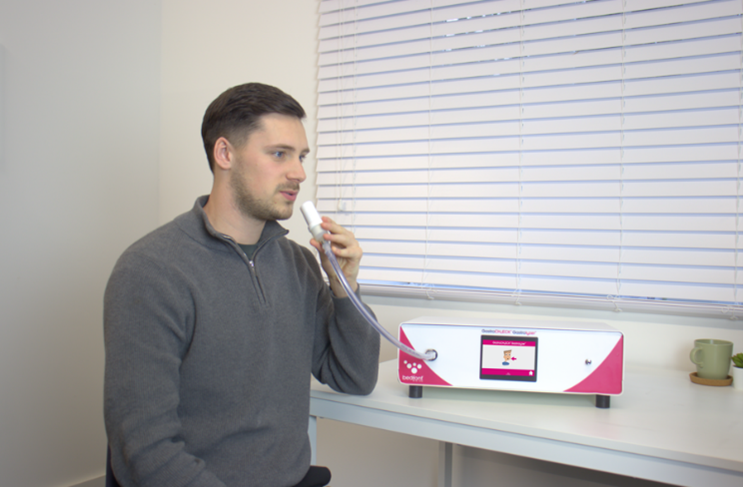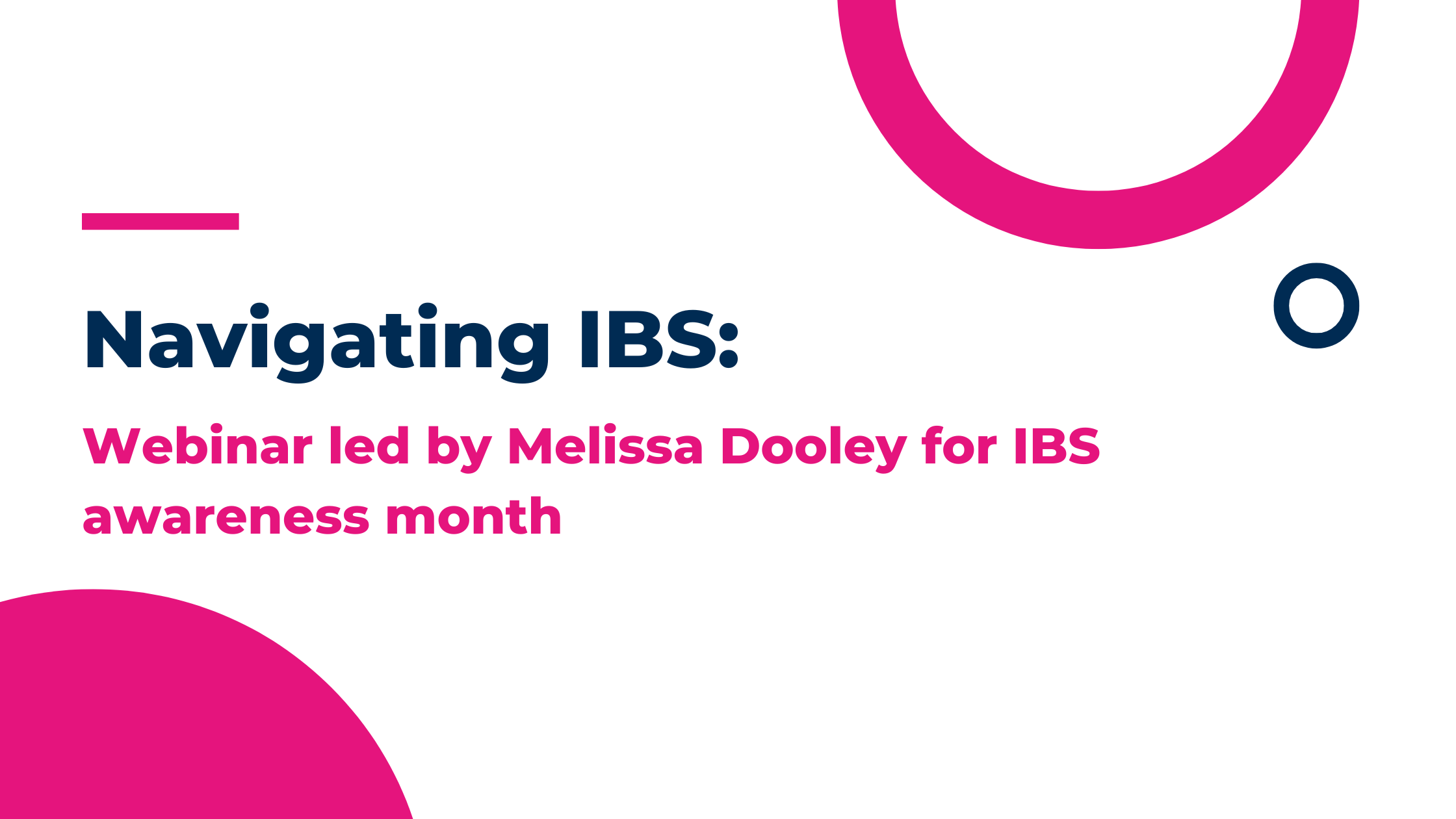Bedfont® Scientific Limited hosted an insightful webinar, Navigating IBS: Understanding IBS symptoms, microbiome impact and the role of HMBT, with expert Gastrointestinal Physiologist, Melissa Dooley. The webinar examined IBS symptoms, their overlap with other conditions, and how hydrogen-methane breath testing (HMBT) can help.

Melissa is a fully accredited Gastrointestinal Physiologist and is a member of both the Irish Institute of Clinical Measurement Scientists and the British Society of Gastroenterology. Melissa has multiple publications and has presented her research at both national and international conferences. Melissa is the founder and director of GastroLife in Ireland and is also a Medical Advisory Board Member for the Gastrolyzer® range at Bedfont®.
This webinar covers some essential topics:
- What is irritable bowel syndrome (IBS)?
- How IBS can affect daily life.
- How our gut and brain interact with each other.
- The importance of accurate diagnostic testing.
What is IBS?
IBS is a common and debilitating gastrointestinal disorder that affects around 10-15% of the population. It is a chronic functional gastrointestinal condition that typically affects the lower digestive system. Unfortunately, many people with an IBS diagnosis often feel frustrated at the lack of immediate solutions, and some have even felt dismissed by healthcare professionals, which can lead to a sense of isolation and lack of support. Symptoms of IBS can include:
- Stomach cramps,
- Bloating,
- Discomfort,
- Diarrhoea,
- Constipation.

IBS comes in multiple forms:
- IBS-C refers to IBS with constipation,
- IBS-D refers to IBS with diarrhoea,
- IBS-M refers to IBS with mixed bowel habits,
Post-Infectious IBS, which typically occurs after a gastrointestinal infection.
What causes IBS?
There is no definitive cause of IBS that has been identified; however, gut inflammation, altered gut motility, gut hypersensitivity to certain foods, and a disturbed gut microbiome are all considered to play a role in the condition.
Many triggers can exacerbate a person’s IBS symptoms, and these do vary from person to person. Some common triggers include:
- Mental stress,
- Anxiety,
- Certain foods,
- A change in routine,
- Hormonal changes.
Gut and brain connection

Studies have shown that our gut microbes produce or help produce many of the chemical neurotransmitters, which serve as messengers conveying messages between our gut and brain. This is why our gut is often referred to as our second brain. Common examples of these messages between our gut and brain are:
- Butterflies in your tummy from feeling nervous,
- Sickness or nausea from receiving bad news,
- Experiencing a gut feeling.
How IBS can affect daily life
IBS tends to be more common in women than in men, and the prevalence is higher in those between the ages of 20 and 40. However, IBS can affect people of all ages. People who suffer from IBS may experience unpredictable episodes, which could include urgency. This can lead to people avoiding social events, eating out, and it can even cause anxiety, which can severely impact a person’s quality of life.
It is vital that people do not self-diagnose, as IBS symptoms can overlap with other gastrointestinal conditions. Consulting with a healthcare professional can lead to further investigations, such as blood or stool tests, rather than attempting to manage symptoms with over-the-counter medication.
How can HMBT help?
Whilst a HMBT cannot diagnose IBS, it is a great diagnostic tool that can be used to rule it out. HMBT was developed due to the relative inaccessibility of the small intestine and is useful for detecting both small intestinal bacterial overgrowth (SIBO) and dietary malabsorption.

Hydrogen (H2) and methane (CH4) are gases produced by the fermentation of undigested carbohydrates in the gut. High levels of these gases can suggest gastrointestinal disorders such as SIBO and carbohydrate malabsorption, therefore, ruling out IBS.
Melissa discusses IBS, SIBO and carbohydrate malabsorption in detail throughout the webinar, even detailing a real-life case study. To learn more and watch the webinar in full, click here.

